Introducing the latest myCWT product and service enhancements
Building on our digital, omnichannel myCWT platform, our new products and services will simplify travel management for you and your employees – anytime, anywhere, anyhow.
Note: Featured services may not be available in your country at this time. Please reach out to your CWT representative for more details.
Hear from Chief Product Officer, Erica Antony as she shares the key product highlights of 2024, along with the key areas driving innovation.
-

2040: Baseline, Boom or Bust
As we enter an era of rapid transformation and unprecedented challenges, it is essential for travel managers, meeting & event planners, and corporate decision-makers to look ahead and frame our current strategic thinking with a clear vision of the future. Business travel and meetings and events (M&E) are poised for significant change over the next decade and a half, driven by a complex interplay of sustainability goals, technological advancements, evolving work models, and geopolitical dynamics.
In this paper to mark the 10th anniversary of our Global Business Travel Forecast, we explore, for the first time, a long-term vision of the future and potential trajectories through three distinct scenarios, each offering insights into how these forces should affect policy-making, budgeting and priorities. By examining these scenarios, we can better understand the diverse possibilities that lie ahead and the strategic imperatives required to thrive in each potential future.
Based on trajectory data analysis and interviews with industry leaders, behaviorists and climate tech founders, this forward-looking approach enables us to anticipate changes, strengthen our strategies, and make informed decisions that align long-term objectives. It is through this lens of foresight and adaptability that we can build resilience, seize opportunities, and navigate the complexities of the future.
We invite you to reflect on the insights presented, and consider how your organization can prepare for the opportunities and challenges that lie ahead. Together we can ensure that travel and meetings remain catalysts for growth, scalability and sustainable practices.
- Scenario development is both an art and a science
- Megatrends Shaping the Future of Business Travel, Meetings and Events
- Sustainability goals the new crux of corporate policy
- Technology Revolutionizes Travel Management
- Modern work models spark new travel patterns
- Changing demographics open doors to new opportunities
- Three Scenarios: Base case, boom and bust
- Future-proofing strategies

-

CWT GBTA Global business travel forecast 2025
When it comes to pricing, global business travel has finally reached an enduring, higher baseline. Prices will continue to rise in 2025, but only moderately, so expect a period of normalized growth.
However, this pricing environment, one of marginal gains and price regularity, is fragile. Global leisure travel has now realized a lot of its pent-up demand, while corporate travel has been resurgent, with 2024 edging at preCovid levels.
There are many factors at play, whether its volatile oil prices, labor costs and constraints, inflationary pressures, and geopolitical factors. As this elevated baseline edges upwards, albeit marginally, travel budgets will come under increased scrutiny, especially as travel patterns and attitudes change.
It’s why business travel can’t be viewed in a silo, and the true value to an organization must be fully realized. This forecast can help with those calculations.

-

Capitalize on emerging technologies in corporate travel
Technological advancements are accelerating at an unprecedented pace. How will emerging innovations like Generative AI, blockchain, and self-sovereign identity (SSI) transform corporate travel?
BTN and CWT probed global CEOs, travel managers, industry consultants and tech experts on the promises, questions, and expectations these innovations raise and how they are set to reshape traveler experience, cost control and service delivery in corporate travel and events.
Download and discover
- The technologies that will have the greatest impact on corporate travel in the next 2-5 years
- How these emerging technologies are poised to control costs, enhance service and security, and boost efficiency
- The critical challenges, opportunities, risks and roadblocks each innovation raises
- What travel managers, buyers and experts anticipate from these innovations

-

Excellence in SMM Strategy Consulting
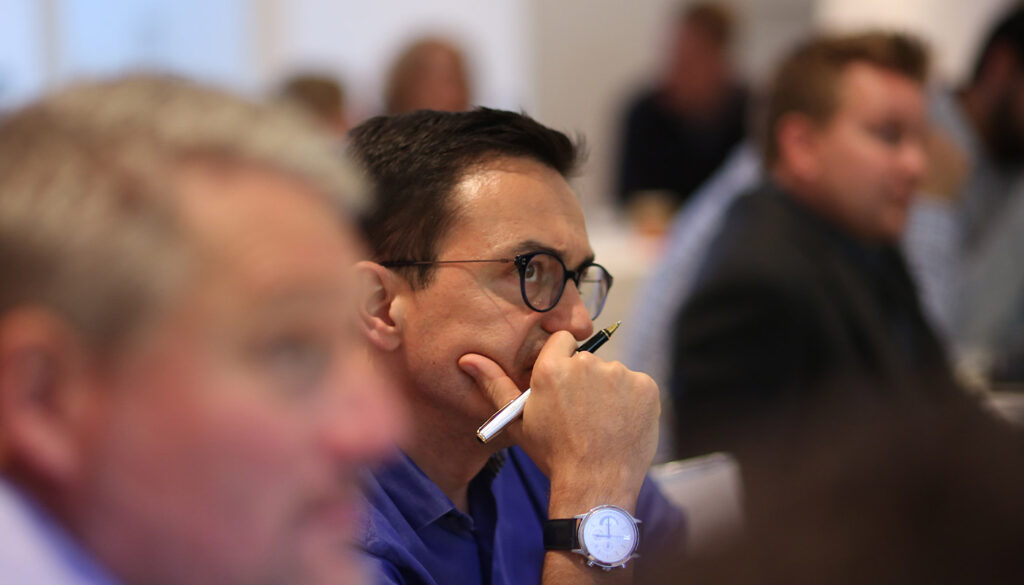
Objective
CWT Meetings & Events was engaged to develop a strategy and framework for a global, shared service meetings and events organization. Our client, part of a wider multinational conglomerate in a distressed financial situation, was experiencing significant internal change and restructure.

Challenge
The organization’s meetings and events function was decentralized with disparate groups planning meetings, numerous disparate processes for sourcing and planning and multiple instances of its meeting technology. The combined challenges led to initial recommendation for the development of a strong and sustainable business rationale for SMM, as well as options for viable funding models that would support its current infrastructure. It would also allow for a near cost-neutral implementation and effective organizational design. With no meeting policy in place, our team recommended developing a global policy aligned to the organization’s current environment and company culture.
Solution
We conducted an SMM strategy workshop with our client’s core team that led to recommendations for achieving a best-in-class SMM program. This included concept design and organizational structure for global deployment, as well as recommendations for KPIs to measure the efficiency and maturity of the program. Our approach also included benchmarking our client’s situation against best-in-class SMM programs of other, similar organizations.
We developed a comprehensive business case to identify areas of potential cost savings that a robust SMM program would generate. The business case highlighted the current state of meetings as well as potential costs and ROI in the first three years of implementation based on achievable adoption levels.
Our business case provided an innovative framework for the client’s organization, we wanted to ensure that the program’s benefits would be effectively communicated to stakeholders and drive the levels of adoption we knew were achievable. This led to the deployment of globally-accepted meeting cards as one of the key drivers for policy compliance and audit.
At the end of our consulting engagement, this best-in-class business case was presented to senior leadership and led to quick approval for global SMM deployment and implementation.

Results
Our business case clearly articulated a strategy and vision for the future, underscored by best practices, adoption targets, specific deliverables and anticipated cost savings and ROI that global deployment of SMM would bring to the organization. Other significant deliverables included:
- A business intelligence strategy, including technology and data analytics optimization
- A global meetings and events policy, including a payment solutions strategy to support compliance
- Streamlined processes and SOPs to drive operational excellence
What made CWT M&E’s consulting engagement so successful? We provided a custom solution tailored to the organization’s specific needs, including its company culture and propensity for speed.

To date
Since launching its SMM program, our client has:
- Consolidated multiple meetings technology instances into one
- Deployed the organizational design recommended in our business case to achieve optimized scalability and service delivery excellence
- Introduced the global meetings policy throughout the organization with metrics to support adoption and compliance
- Achieved over $200k in in cost savings in the first 6 months of implementation
- Consistently tracking double-digit adoption increases, including new meeting requesters and meetings sourced
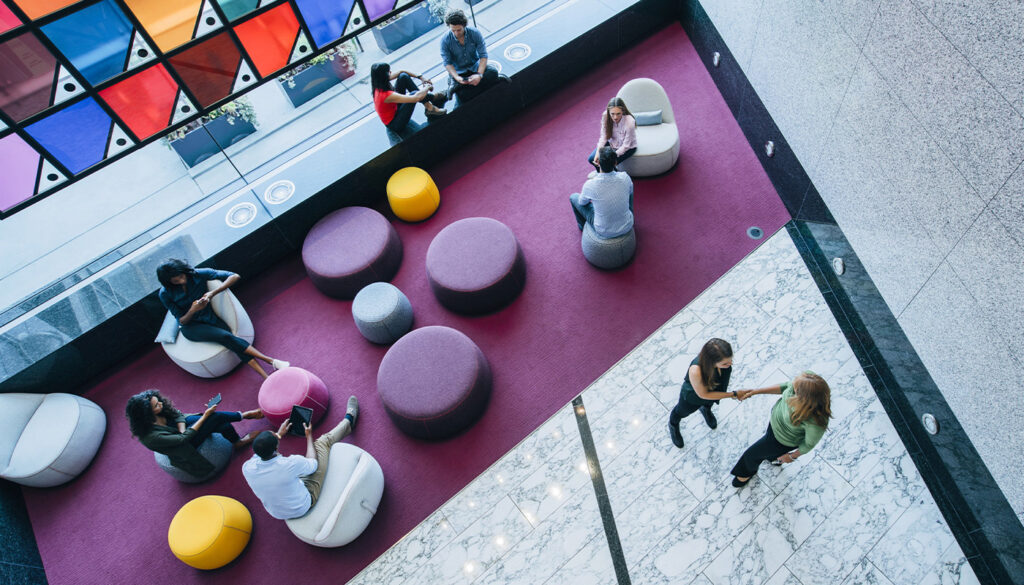
Quick facts
- Global SMM strategy approval expedited by senior leadership team
- Achieved over $200k in cost savings in the first 6 months of implementation
- Consolidated multiple meetings technology instances into one
-
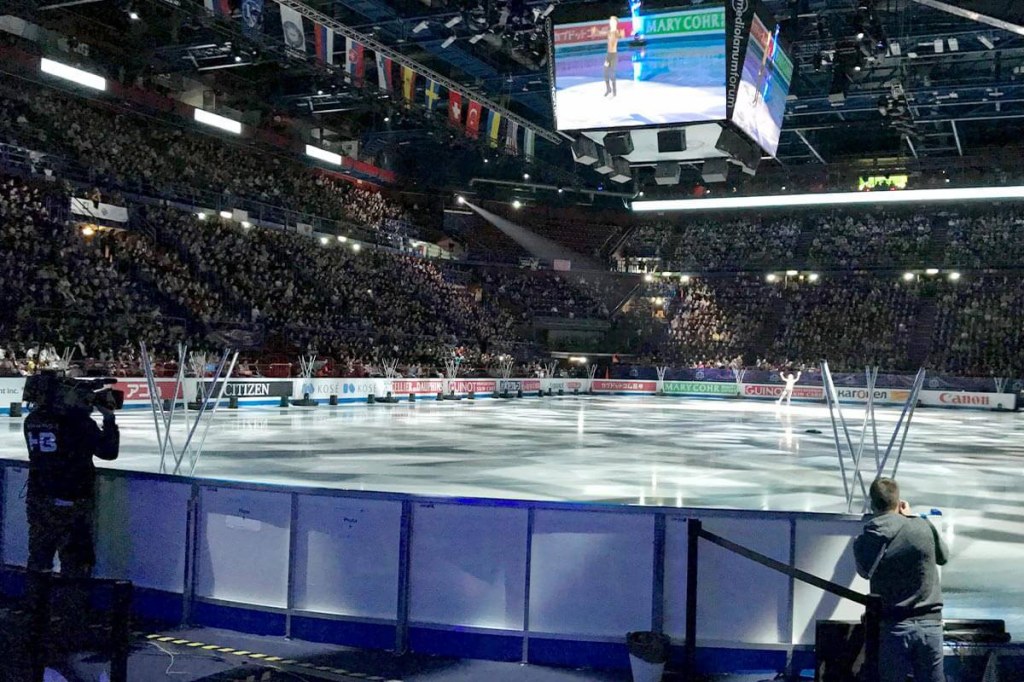
ISU World Figure Skating Championships Milan
Objective
The International Skating Union (ISU) needed an expert partner to help deliver their World Figure Skating Championship. Milan was the lucky host city, and it having been many years since the event last took place there, they wanted to make sure it returned with a bang.
The ISU approached CWT Meetings & Events’ specialist sports event management team as their event consultants, requiring them to deliver: co-event management, logistics, accommodation, transfers, promo ticketing packages, two press conferences, and a gala dinner.
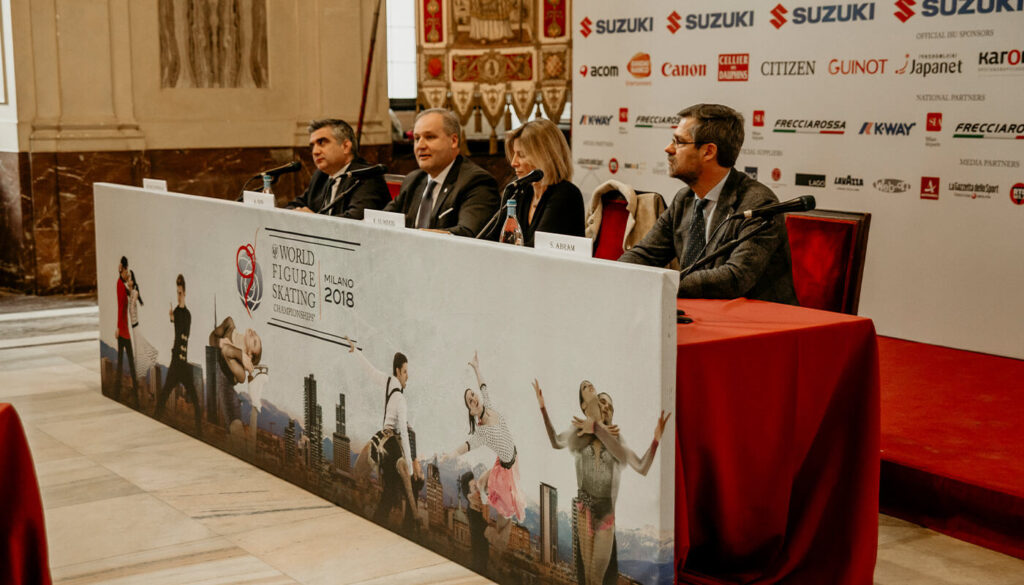
Challenge
The ISU needed to put on a flawless show, especially with 198 athletes attending from 43 countries – this truly was the world’s stage. CWT M&E also had to ensure every athlete had the smoothest and most seamless journey possible – with no disruptions that could potentially impact their performance.
The ice skating community had high expectations of the event delivery and expected to be wowed at every stage. With an international audience the event it needed to have a universal appeal and deliver something spectacular.
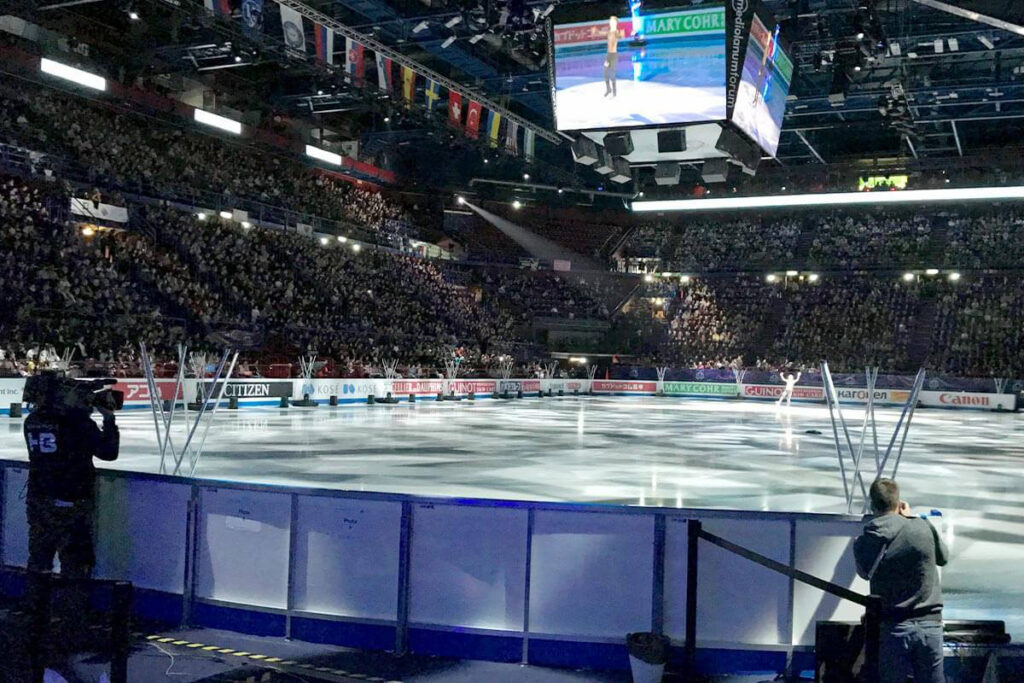
Solution
CWT M&E immediately took an innovative approach. They started with analysis of communities from all around the world that would be the target audience for the event. CWT M&E ensured they created an engagement plan that integrated these supporters through Italian culture, food and shopping.
This was further supported by an integrated communication campaign across additional channels including web and social media. The experience was interactive for the fans with a public ice-skating rink built in ‘Gae Aulenti Square’, Milan. By doubling as a ticket point of sale the rink provided the perfect inspiration to get members of the public excited for the event.
CWT M&E was able to maintain the buzzing atmosphere surrounding the event by successfully coordinating with both a media event for ticket sales launch, as well as a conference for all the relevant institutions, athletes, media and satellite companies.

Results
The event was a triumph for everyone involved. The event’s personalized website received over two million page views from 300,000 unique visitors, whilst the social media campaign gained over 100,000 interactions. 70,000 tickets were sold in total and 332 million viewers tuned in worldwide to the spectacular event.
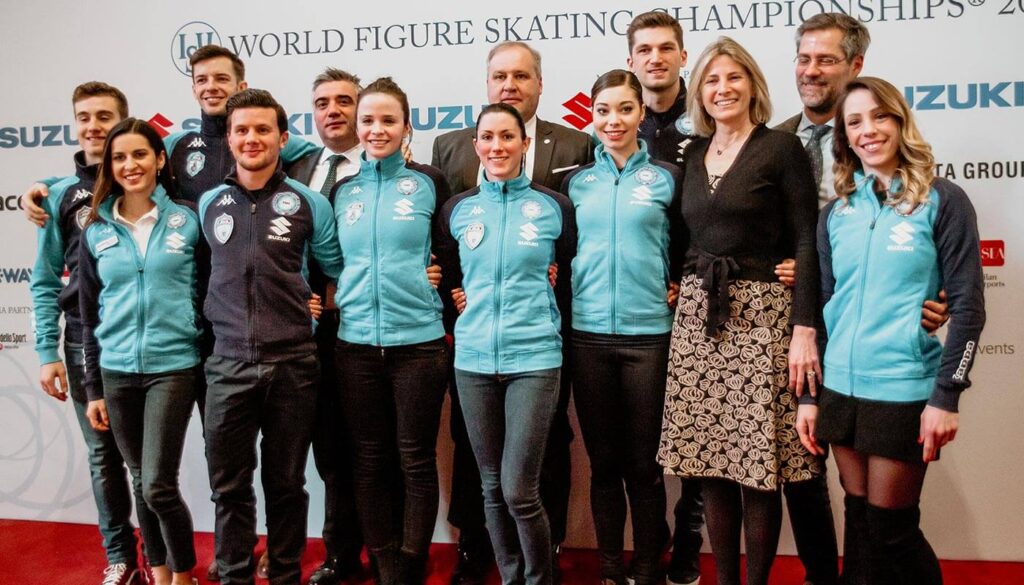
Quick facts
- Seamless journey for 198 athletes from 43 countries
- 70,000 tickets sold, 332 million viewers
- 2nd place for Best Sport Event Award

“I am thrilled to be working with an experienced and trusted partner such as CWT Meetings & Events. Hosting a world championship in Italy is a dream come true for all those that live sports and its values.”
General Manager of the Organizing Committee
-
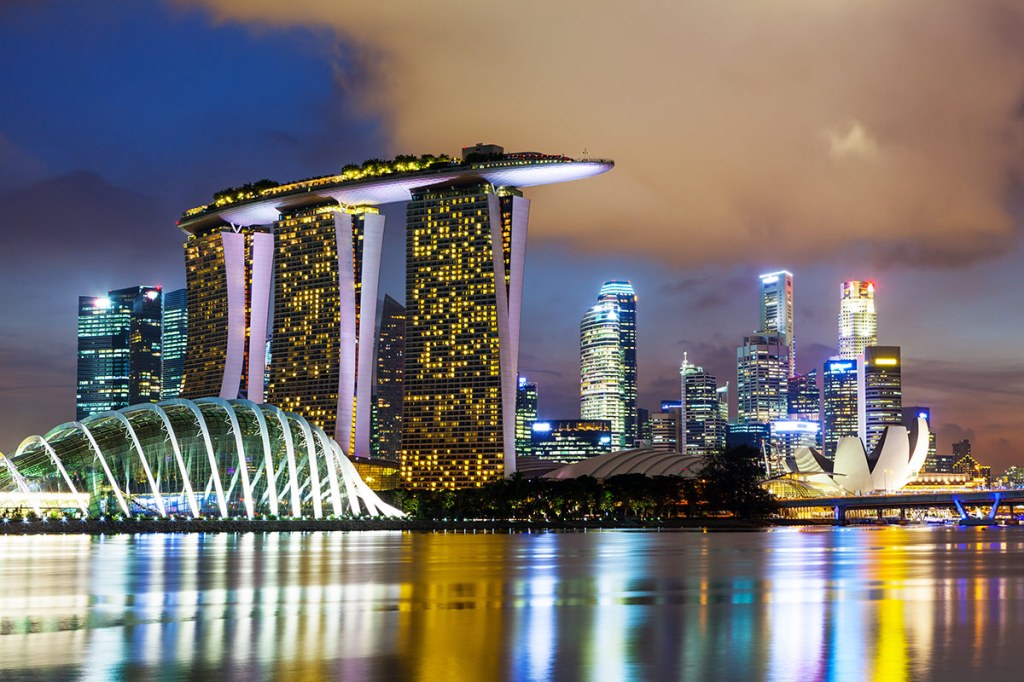
Technology-focused internal conference in Singapore
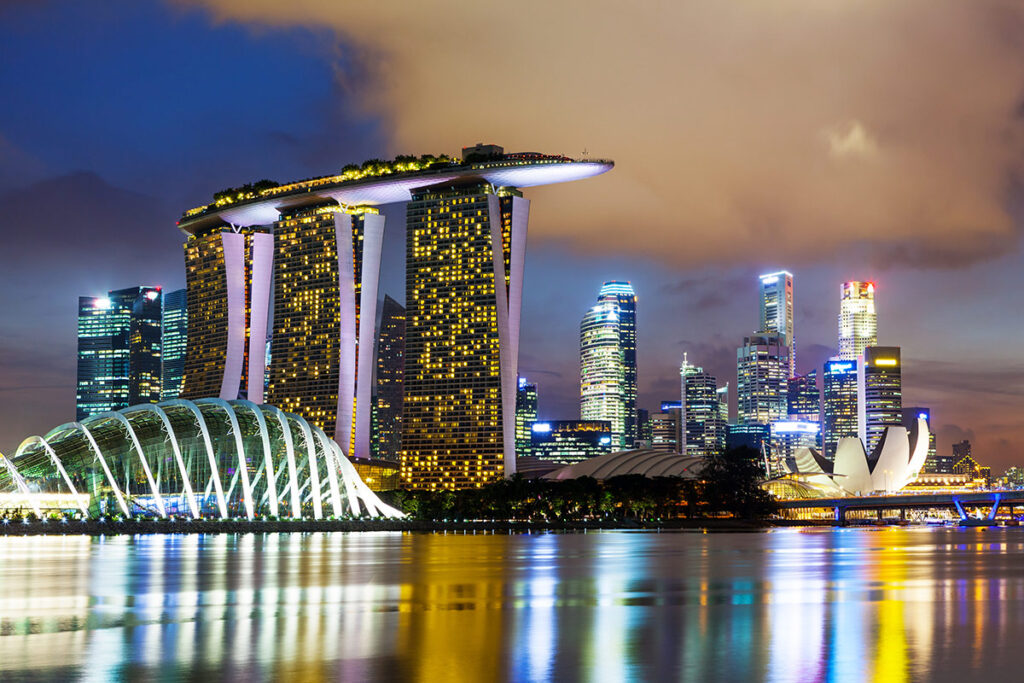
Objective
Unilever, a multinational consumer goods company, wanted help with its annual training and development event for 110 regional leaders. Requirements for the internal conference included a welcome reception, breakout sessions, evening activities and a gala dinner.
The event also needed to demonstrate “digital creativity” through its branding and overall experience.

Challenge
FMCG giant wanted to shake up its three-day training and development project with a renewed focus on technology. It looked to CWT Meetings & Events and its unrivalled expertise to lead the reinvigorated approach.
Solution
Unilever chose CWT Meetings & Events for its understanding of the conference’s needs and objectives as well as its outstanding capabilities proposal.
To address Unilever’s technological and engagement objectives, the team incorporated a mobile app that not only put paperless materials at the users’ fingertips, but also immersed users in the overall digital experience.
CWT Meetings & Events led the creative approach and even included an innovative lip-sync battle in the program.
Results
CWT Meetings & Events’ creative capabilities, dedicated team and quick response time impressed Unilever, solidifying that it was the right agency for the job and able to exceed expectations.
The conference received overwhelmingly positive satisfaction survey results, with Unilever confirming plans to work with CWT Meetings & Events on next year’s event.
- Created innovative branding that gave the annual conference its own identity
- Incorporated a customized mobile app that enhanced the technological theme
- Engaged attendees before, during and after the event through digital and traditional methods
- Received overwhelmingly positive satisfaction survey results

Quick facts:
- Event included welcome reception, breakout sessions, evening activities and a gala dinner
- Overwhelming positive satisfaction
- Unilever confirmed plans to work with CWT again

“I really enjoyed working with CWT. They were professional and dealt effectively with any last-minute changes that came up. I would gladly recommend their services as an events company.”
-
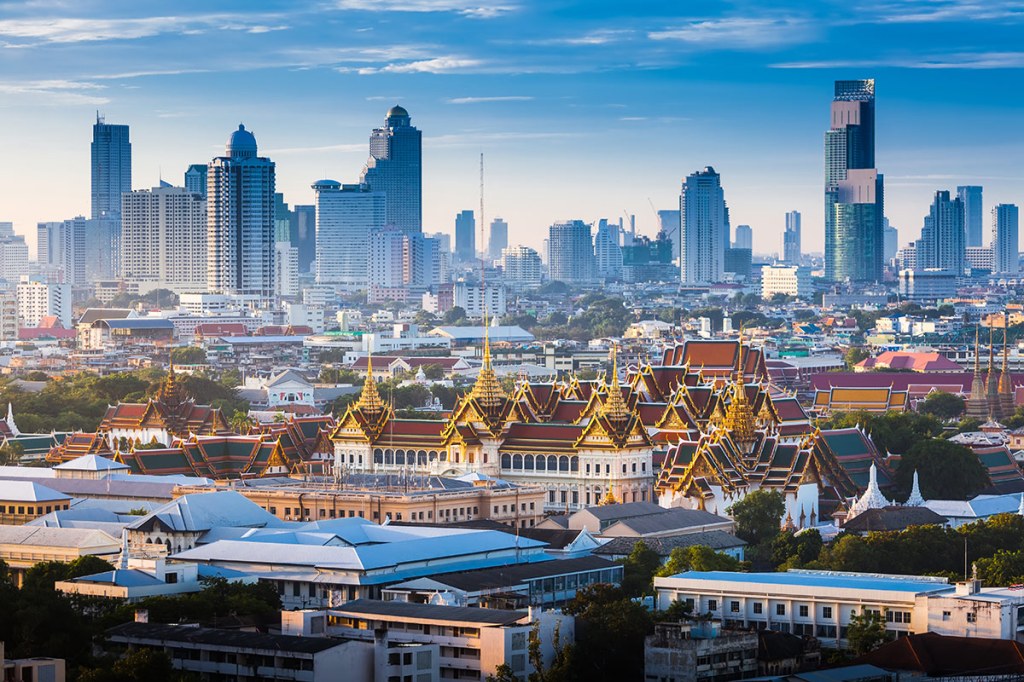
Incentives causes a vast boost in sales performance
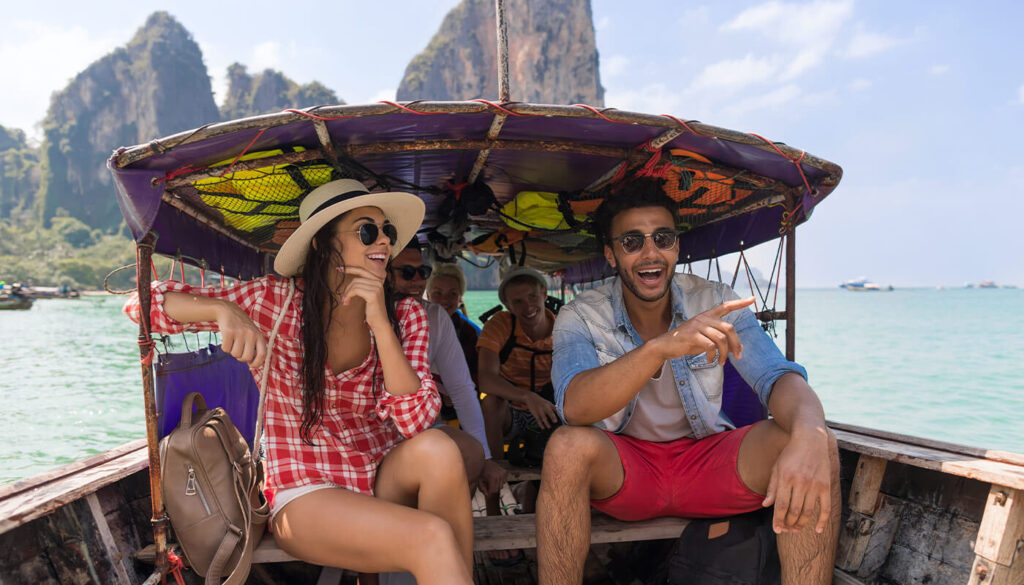
Objective
The client, a global leader in the capital goods sector, offers an annual incentive to the dealer network that sells its equipment and vehicles. CWT Meetings & Events was appointed to design and deliver a unique week-long incentive program to reward the top sellers. The main objectives were to:
- Design and deliver a week-long reward for 37 guests, with three weeks from contract to event
- Devise an activity program that is exciting and memorable
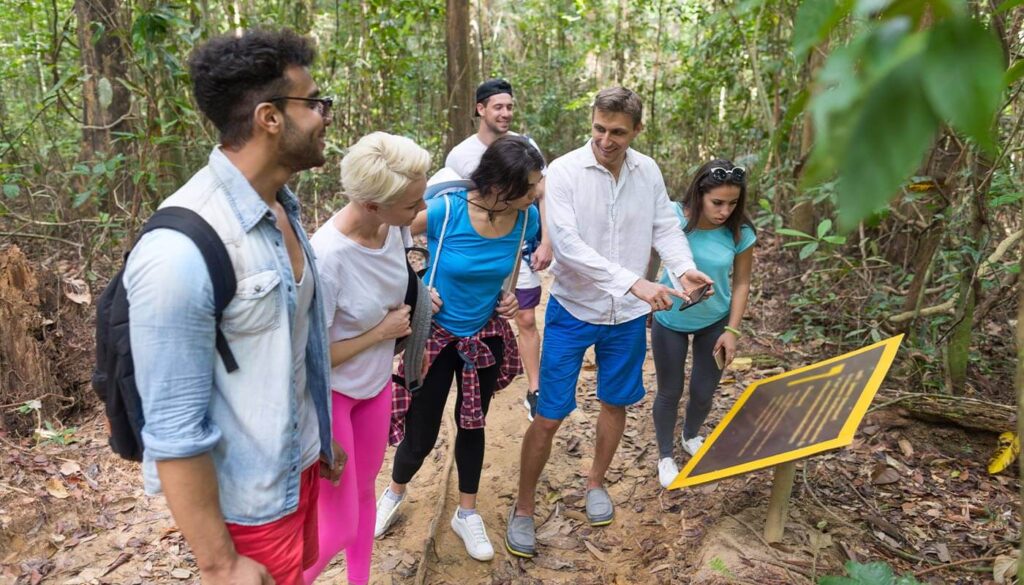
Challenge
In keeping with the industrial equipment industry trend of short event lead times, CWT M&E had only three weeks from contract to delivery. Despite this the challenge was met to create an exciting incentive for 37 attendees of various levels. The client wanted to reward them with a seven-day break in Thailand, enjoying five-star accommodation, traditional cuisine and an activity every day.
Joseph, parts and services sales manager was keen to ensure that employees felt confident to enjoy the cultural experiences in a different country.
Solution
CWT M&E identified the best flight options to deliver attendees from around the UK and Ireland to Bangkok and then to Koh Samui. When fares increased in the short time before the booking was finalized, CWT M&E account manager, Chris and team proactively sought to secure savings from other suppliers to ensure the total spend remained within budget, without compromising the quality of the program.
“With the cost of the flights growing, we looked again at the accommodation and used our global knowledge and supplier relationships to select different hotels, offering the same level of service and experience but where we could negotiate a better price,” explained Chris.
The incentive program needed two hotels, one in Bangkok at the start and end of the trip and another on the tropical island of Koh Samui for several days in between. Account manager Sarah’s negotiation with both hotels secured total savings of about 25 percent.
An exciting and culturally focused itinerary was created by Sarah, with an additional day in Bangkok added to the brief at the client’s request. The experience included: meals in a range of local restaurants; visits to temples; an elephant ride; swimming in a waterfall; kayaking; Thai massage, cooking class and boxing class; traditional dancers and musicians; and a spectacular gala dinner and beach party. Sarah was keen the attendees got the most of their itinerary and had plenty of free time to allow guests to explore on their own, rest and enjoy the beautiful beach.
Chris added: “Our local knowledge allowed us to select restaurants that have always provided our clients with great service and were often located off the beaten track. We provided unique little touches such as ready supplies of drinks, cold water and cold towels, plus unique moments such as a traditional greeting for guests at the airport with flower garlands.”
The client celebrated its guests’ successes at the gala dinner which had been set-up in the hotel garden for the event, where traditional Thai performers entertained the attendees.
After dinner, guests moved to the beach where they sat on beanbags to watch fire dancers perform to loud club music. Then everyone released paper lanterns into the sky and returned to the hotel for a big party, dancing to a DJ, playing fairground games and browsing stalls of traditional crafts.
Even the best planned events can be disrupted, but Sarah reacted quickly to sudden, dramatic changes in weather. When heavy rain caused some roads to be closed while the group was on a mountain safari in a convoy of 4×4 vehicle quickly the itinerary was adapted. Everyone was issued with a raincoat and posed on the tops of vehicles for photographs, before heading to a local restaurant. Attendees said the risk of getting stuck in the mud added to the adventure!
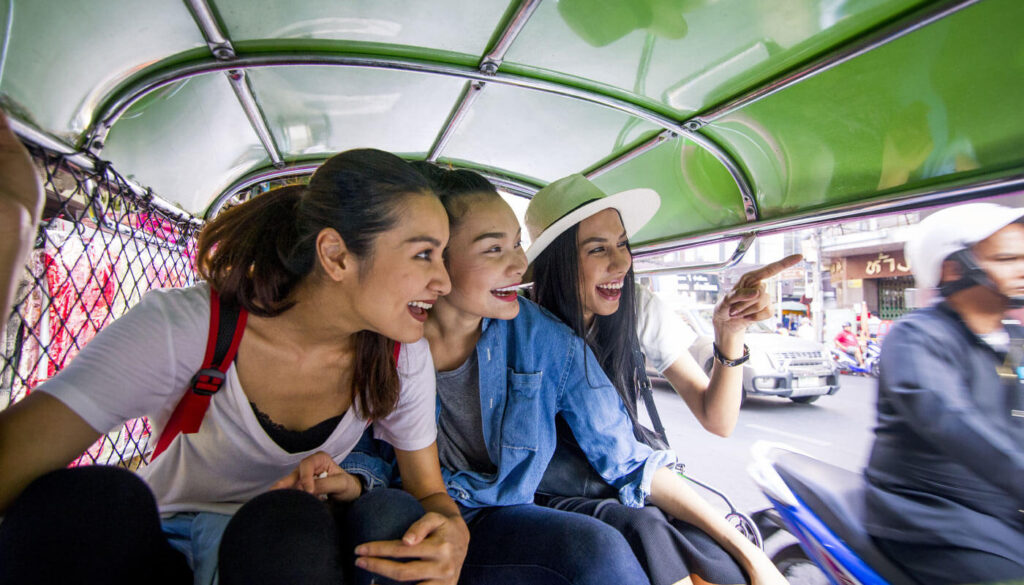
Results
“Sarah integrated into the group very easily. They became one of us, but had clear leadership, and was really fantastic. I have been on some trips where I have had to liaise with agencies daily, but the team were speaking to local reps morning, noon and night, so there was nothing to worry about. It was a dream. I couldn’t have asked for better representatives.”
The tangible benefit of this for Joseph was that he was free to concentrate on the guests to improve relationships.
Joseph was impressed with the quick and efficient way Sarah handled last-minute requests. Joseph added: “That is the type of agency I always want to work with. I would want to work CWT M&E again.”
In terms of ROI, not only was the team incentivised to earn a place on this trip, but since guests have returned their performance has improved.
Joseph concluded: “This trip has made the dealers feel better connected to the company than ever before – they are working even better and are now best-in-class.”
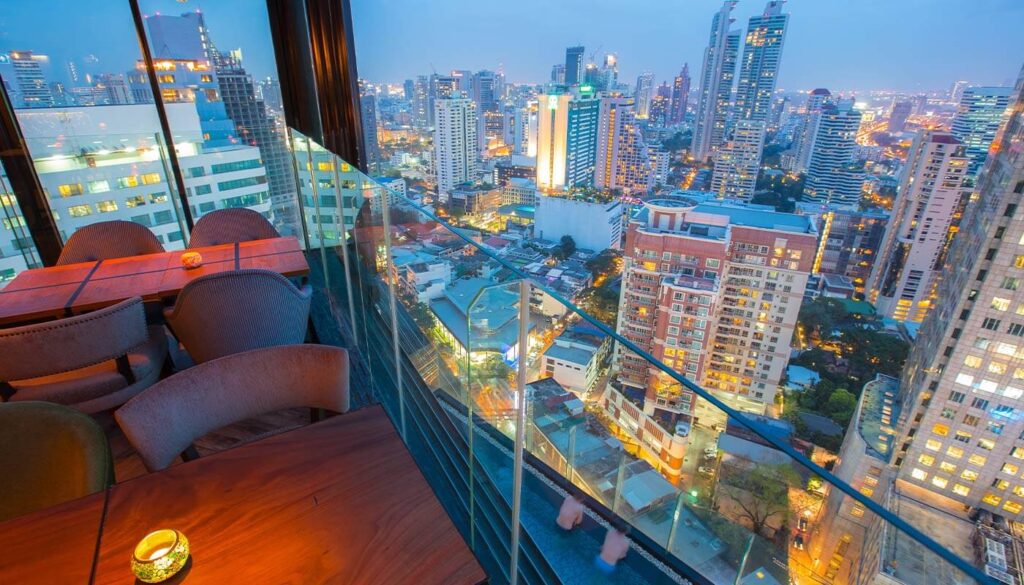
Quick facts
- 37 attendees
- 100% positive feedback
- 25% savings on hotel spend

“The location and set-up was fantastic. I have worked with many different agencies and this was the best experience. It was very well organized from start to finish, which was particularly impressive for a 24,000-mile round trip.”
-
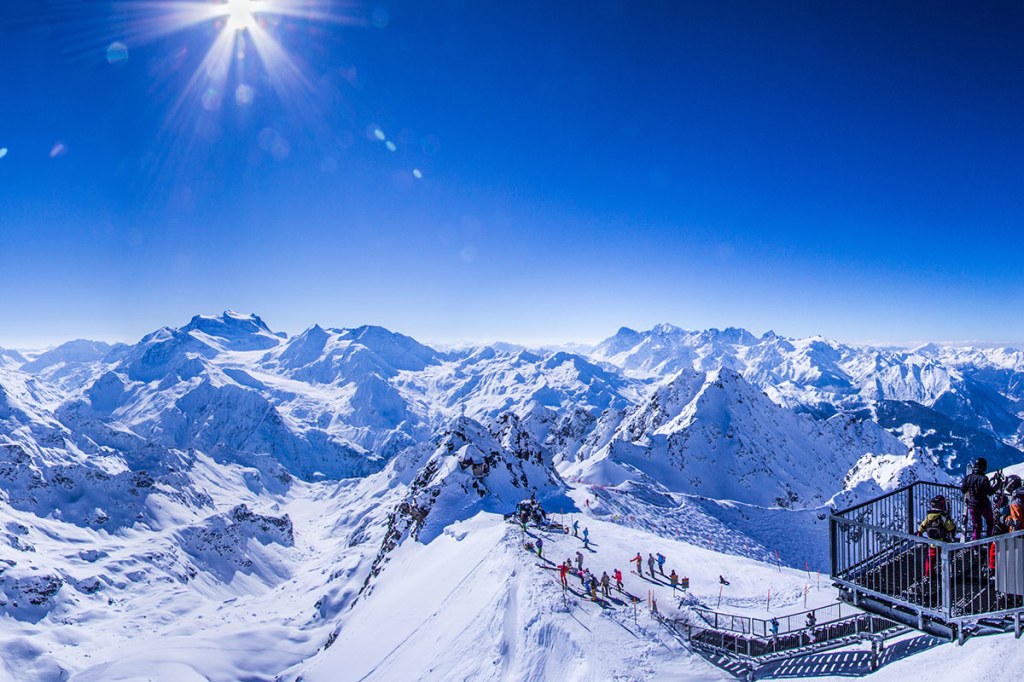
Show-stopping product launch using influencers for cosmetic company
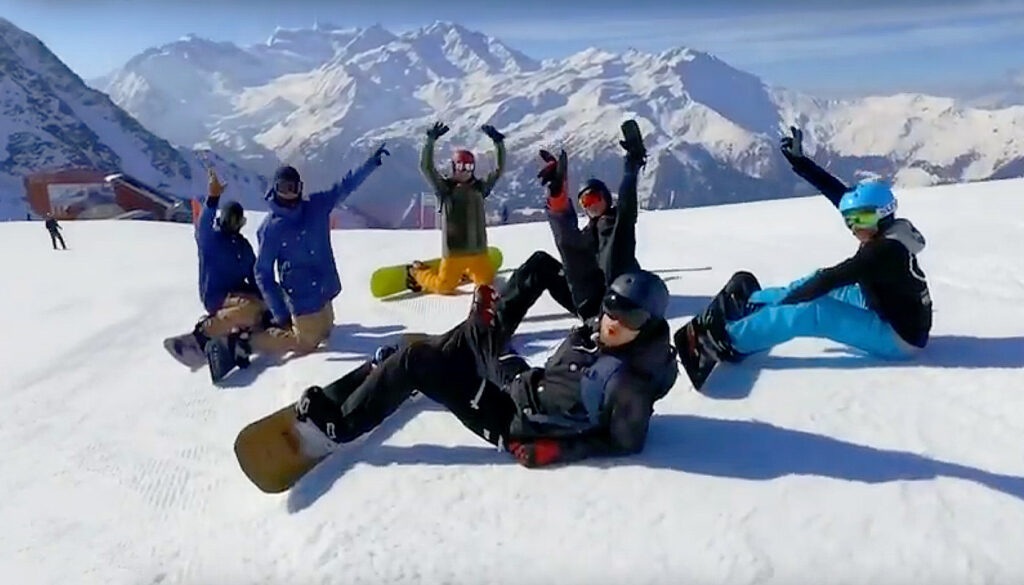
Objective
A cosmetics company was releasing their new range of skincare products for men and wanted to create buzz and excitement around the launch. To do so, they wanted to immerse a selected group of social media influencers into the cosmetics brand, to use their profile to promote the new products. The end-goal was to increase engagement and followers on the company’s social media channels.

Challenge
The company tasked CWT M&E with creating an unforgettable experience in the Swiss Alps for the chosen vloggers. Capitalizing on the location, they expected an incredible itinerary that would inspire the vloggers to post organically across social media channels. Three of the four vloggers had attended the previous year’s launch, so it was also important to offer different activities and experiences this time.
Solution
Rather than return to the French Alps, CWT M&E took the group to the prestigious ski resort of Verbier in Switzerland. The award-winning five-star location then set the tone for a luxurious and modern two-night stay.
The action-packed itinerary was full of thrills and surprises. The fun began the moment their plane touched down, with the party taken by helicopter directly to the top of the mountain for skiing. The action didn’t stop there; they were also treated to paragliding, professional snowboard lessons and an evening guided sled run.
The trip was also about more than memorable activities – there was a product to launch. Crucial to the success of the trip was ensuring the company had the time to explain the new ranges and immerse the influencers in the brand. To do this, CWT M&E booked a 5-star hotel’s most exclusive suite and worked with a creative designer to bring the space to life in-line with the product branding.
The influencers were encouraged to explore the products while relaxing in the comfortable suite, which included a balcony with candles and rugs where they could sit to watch the sunset. Each product line had its own hashtag that the influencers could use in their posts. CWT M&E arranged for film footage and stills to be taken that could be used after the event on the client’s social media and YouTube channel.

Results
The hoped-for explosion in social media coverage was achieved, with the event delivering outstanding results. Throughout the trip each guest posted stories on Instagram and tagged the cosmetics company, driving their audiences to the brand. The influencers’ vlogs of the experience also drew thousands of views on YouTube, with the engagement and followers of the cosmetics company’s social media channels increasing in response to this.
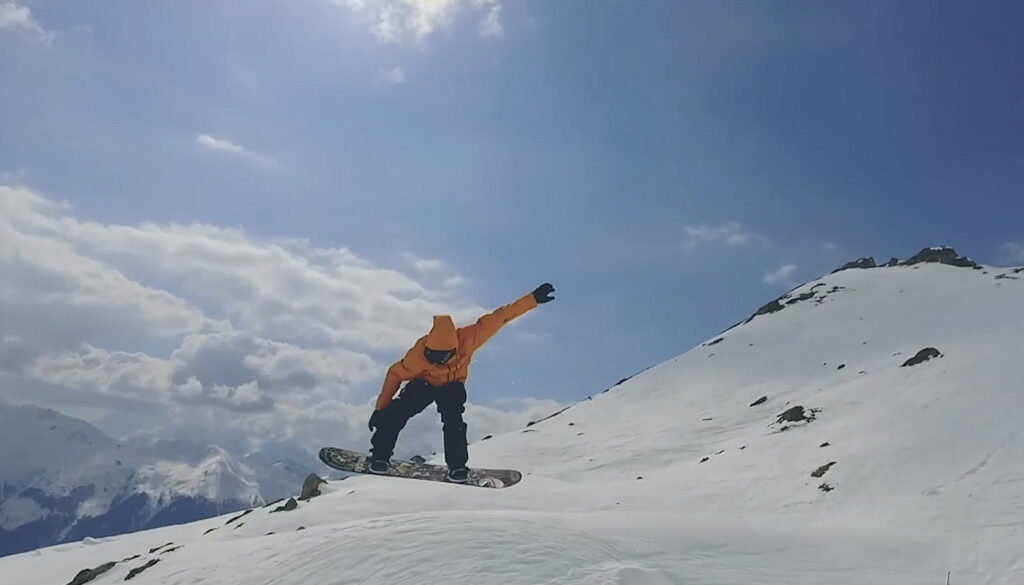
Quick facts
- £75,000 budget
- The hoped-for explosion in social media coverage was achieved, with the event delivering outstanding results
- Influencers’ vlogs of the experience drew thousands of views on YouTube

“What a fantastic job done on the ski trip. It went so well, and the team was such a dream to work with.”
Company’s press officer
-

Plane Sailing – The safest airlines for 2019
Safety and security are concerns for business travelers and companies alike. Duty of care ranks high on the list of priorities for any travel manager, but it is especially important for those who send their employees to remote or dangerous parts of the world. Significant effort is put into medical and evacuation plans at the destination.
But not many passengers consider how safe the airline they are flying with is. Australia-based ratings website AirlineRatings.com publishes an annual ranking of the safest airlines for the year ahead, taking into account a range of factors. They include audits from governing and industry bodies, government audits, serious incident records, industry-leading safety initiatives, and fleet age.
Australians are in luck since Qantas ranks top of the list for 2019. According to AirlineRatings.com, “Over its 98-year history, the world’s oldest continuously operating airline has amassed an amazing record of firsts in operations and safety and is now accepted as the industry’s most experienced airline.”
Several airlines follow closely behind including Air New Zealand, Cathay Pacific, Emirates, Singapore Airlines, and the Virgin group (Atlantic and Australia).
Considering air prices are likely to go up this year, it’s interesting to look at the safest low-cost carriers (LCC). AirlineRatings.com has selected ten that have passed the International Air Transport Association Operational Safety Audit (IOSA) and have excellent safety records. These include Jetblue, Thomas Cook, Westjet, and Wizz.
The US and EU have procedures in place to evaluate airlines and publish their blacklists. The US Federal Aviation Administration runs the International Aviation Safety Assessment Program, which ensures that the country where a foreign carrier is based complies with safety standards established by the United Nations’ International Civil Aviation Organization.
The EU evaluates carriers and has an Air Safety List where it publishes the airlines banned from flying in EU airspace.
Next time you book a flight, check those lists and, remember, while on board, always listen carefully to your attendants’ safety instructions. No more staring at your phone during the demonstration.
For those with a fear of flying: No other form of transportation is as scrutinized and monitored as commercial aviation. It’s estimated that over 38 million flights will operate this year. Sit back and order yourself a drink and some peanuts. Taking to the air is statistically safer than driving or taking a train.
-

15% savings through targeted travel communications

The challenge
A manufacturing company was seeking to reduce travel costs by 10% globally. They did not want to implement a blanket travel freeze to achieve savings, and were keen to find alternatives that would not impact their day-to-day activities and long-term business strategy.
The solution
Through an analysis of their program, we were able to highlight two key opportunities for improvement: increasing compliance, which has slipped over previous months; and reducing flexible fare use.
Through targeted messaging to travelers over a one-month period we were able to influence traveler behavior.
Personalized messages were sent via email to travelers when triggered by specific booking behaviors. These included:
- A booking made inside 7 days, prompting a message to educate the traveler on the savings that can be obtained by purchasing further in advance.
- A booking of a flexible fare, prompting a reminder that the company’s travel policy requires them to book restricted fares where available and possible.
This short, sharp email campaign encouraged travelers to take up the challenge of reducing costs by changing their behavior. The benefits continue to be seen, with ongoing savings and compliance well past the campaign end date.
The results
By reducing the use of flexible fares and increasing compliance, our client was able to generate savings of USD$157k in their travel spend year-on-year – 5% more than the 10% savings target that had been set at the start of campaign.
This was all achieved with no reduction in the number of trips taken, enabling them to continue their project and business development travel.
CWT and the client continue to keep an eye on booking behaviors and now plan to run this program annually as a reminder to travelers and to avoid further slips in compliance. Due to the success of the initiative in Australia, the campaign has since been adopted by the client globally.
-
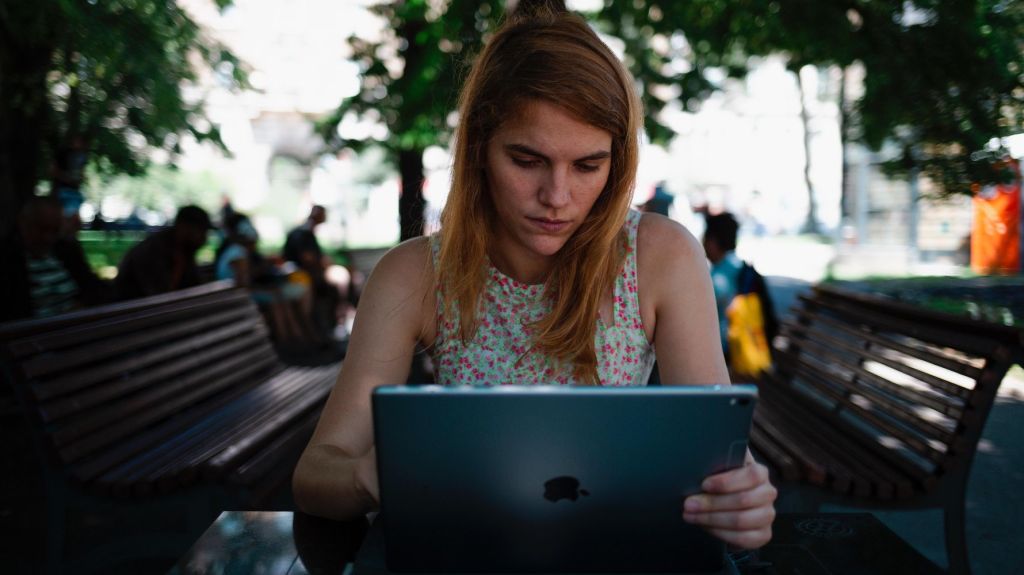
Why concern for personal data is the new corporate value
There’s a lot being done these days to promote corporate values. While some values are identified across corporations, other company values may consciously align with a political movement, social trend or global concern.
When integrated into a corporate brand, and depending on how effective the messaging is, corporate values can help companies differentiate from competitors. Take Diversity and Inclusion (D&I) for example. Socially diverse businesses whose workforce and leadership represents a healthy mix of genders, ethnicities, and beliefs, attract more talent and financially outperform homogenous organizations.
In 2019, if you’re a brand that values longevity, you need to stand for something. In the wake of the General Data Protection Regulation (GDPR), one can argue that protecting personal data is the new corporate value to stand for.
Embrace the brave new world
To keep a place in the digital future, consider GDPR just the beginning of a new era in global privacy.
Though one of the most significant changes in the history of data protection laws to-date, GDPR is only the first stitch in a digital tapestry that will weave individual data protection and security into the DNA of technology – from routine baseline IT processing to Artificial Intelligence, machine learning, blockchain, and more.
Invest now to integrate data protection as a business value or risk facing a future of complicated issues. In some cases, they can lead to disrupting your business plans.

Brave New World: Invest now or risk complications in the future. Expand the right efforts around data protection and privacy
A report by communications company Fleishman Hillard revealed that more than 80% of consumers rate data protection and security as ‘very important’ – ahead of healthcare and education in the U.K and freedom of speech in the U.S.
Companies that fail to embed responsible data measures or fail to innovate in doing so, will become dinosaurs in a forward-thinking environment based on transparency and prior consent.
Online, every individual can be viewed as a de-humanised avatar. Except that they’re not. They are someone’s grandpa whose password is ‘p-a-s-s-w-o-r-d’ or a child whose birthday party pictures on Instagram are creating his marketing profile of the future. Misuse of data can obliterate bottom lines and influence political outcomes. Meanwhile, data is a valuable currency, and the vultures are circling with sophisticated ransomware for commercial attacks.

Digital footprint: Protecting individual data is a value to stand for. Stay on course
It’s no easy task to transform the perception of data protection from a box-ticking exercise to an integral corporate value; it involves deep behavioral change. It starts with a top-down approach and requires a long-term investment in time and money. It grows through the design, embedding and repetition of procedures and processes, formalized within an organized structure, and nurtured in every employee via an additional bottom-up layer.
As the world evolves at breakneck speed, those who stay on course with their data protection initiatives can expect to stay current. And it’s the right thing to do after all. It’s a value to stand for.
-

RoomIt by CWT appoints Brian Zacker Vice President of Global Sales
RoomIt by CWT, the hotel distribution division of CWT, the leading global travel management company, today announced the appointment of Brian Zacker as Vice President of Global Sales. In this role, Zacker will be responsible for all aspects of hotel distribution sales and retention for both CWT clients and new external markets.
Based in Chicago, Zacker joined RoomIt and the CWT business finance organization last June, as Vice President of finance for RoomIt. He will remain a member of the RoomIt leadership team.
“I am thrilled that Brian will now be taking on this new leadership sales position at RoomIt – Brian has already proven to be a crucial asset to the team,” said David Falter, President of RoomIt by CWTÒ. “I am confident Brian will help RoomIt and CWT accelerate our growth in corporate hotel distribution and merchandising.
Prior to joining CWT, Zacker spent 18 years with Travelport in various roles, including Vice President of Global Sales. Over the past 25-plus years of his career, he has held numerous business development and finance positions, with great success. Zacker holds a bachelor’s degree in accounting with a minor in marketing from Lewis University.
Carlson Wagonlit Travel
Companies and governments rely on us to keep their people connected. We provide their travelers with a consumer-grade travel experience, combining innovative technology with our vast experience. Every day, we look after enough travelers to fill more than 260 Boeing 787s and 100,000 hotel rooms – and handle 105 events. We operate in around 150 countries, and in 2017 posted a total transaction volume of more than US$ 23 billion.
-

Malta – Discover the historic archipelago of the Mediterranean
The Maltese archipelago is a kaleidoscope of discovery offering diverse architectural heritage and picturesque beauty, which acts as a stunning backdrop for any incentive or conference stay. Malta in the central Mediterranean between Sicily and the North African coast, offering a modern and cosmopolitan environment with some of the most stunning historical towns and cities amongst the other islands. Also, the wonderful climate and quintessential Mediterranean culture are huge incentives when considering Malta for your next event or for incentive travel.
Where to stay in Malta
Malta has vast amounts of high profile international brands including 40 four-star hotels with an offering for 14,000 guests and 15 five-star hotels with an offering for 3,500 guests. Most are within walking distance of each other and can easily accommodate any event from small high-end incentives to corporate meetings and large conferences with exhibitions. Over the past couple of years, there has been an increase in small boutique hotels opening in the capital, Valetta which are perfect for small, high-end exclusive incentive groups. With so many openings coming to Malta, such as Marriott Malta in summer 2019 and the Hardrock Hotel in 2020, there a lot more scope for more business and design hotels.
Some locally owned resorts can also be found in the areas on Silema, St. Julians and, the Northern part of Malta. Planners with a smaller budget can also find a wide selection of good four-star options, including the Dolmen Resort Hotel and the San Antonio Hotel overlooking St Paul’s Bay.
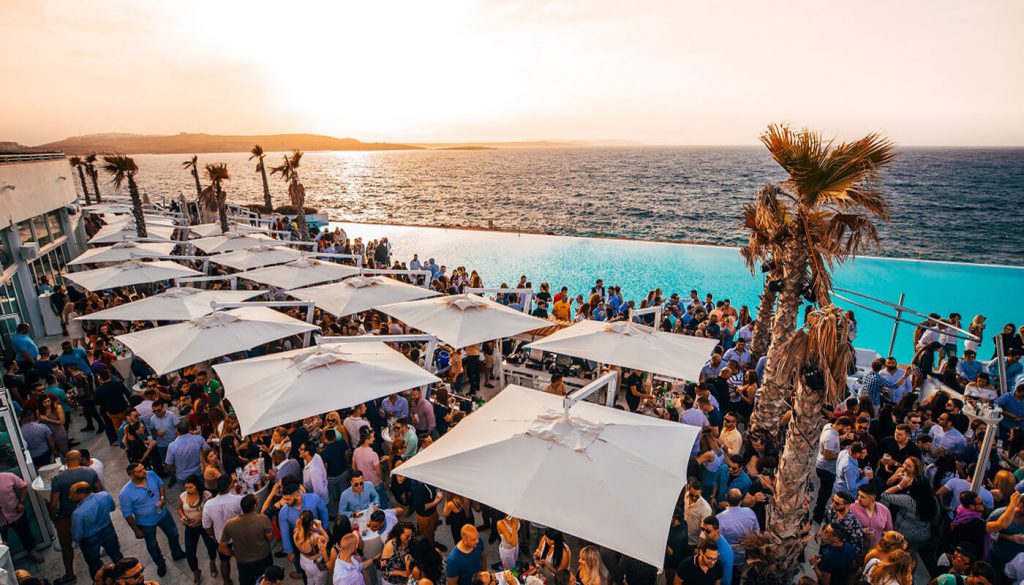
Places to ‘meet’ in Malta
Two of the largest convention centres are located in the heart of Malta both providing modern, flexible facilities for all event types:
The Mediterranean Conference Centre in the capital, Valetta is housed in a former 16th-century infirmary and includes the main auditorium for 1,400 attendees and a banqueting hall for 900 attendees, perfect for receptions, conferences, gala dinner and exhibitions.
The purpose-built Oracle Conference Centre is a self-contained meeting, entertainment and training complex within the four-star Dolmen Resort Hotel, featuring three large conference rooms and flexible syndicate rooms allowing up to 1,200 attendees.
The Malta Fairs & Conventions Centre at Ta’Qali in the centre of the island is a semi-permanent structure. This venue is the ultimate blank canvas, with a capacity of 2,500 on tiered seating and 7,500 on flat seats, it is being used for conferences, exhibitions, product launches, catwalks and so much more.
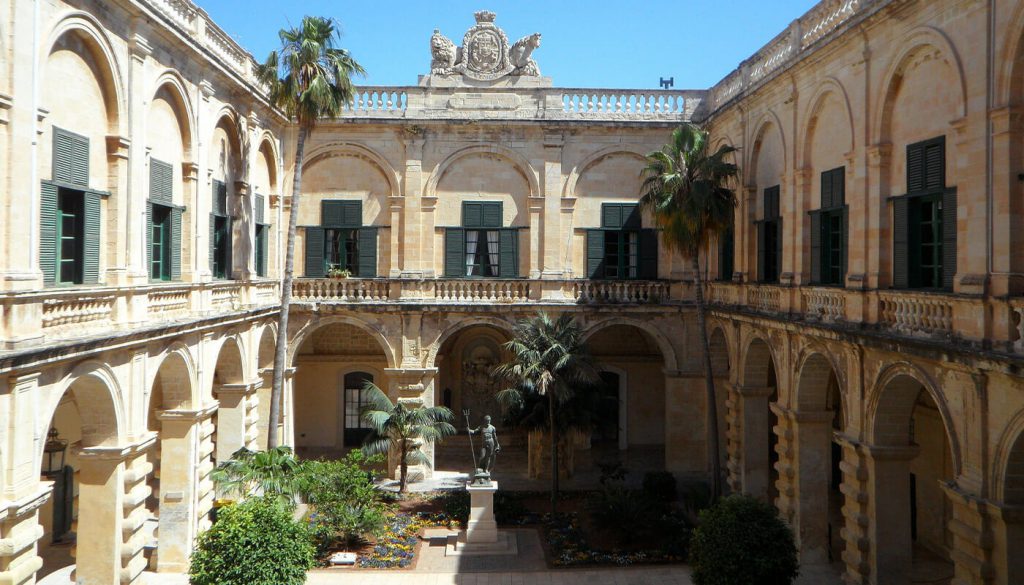
Blue seas and the bleisure experience
Malta has a vast amount of bleisure activities that allows pre or post-event time to be maximised with some downtime and, enjoyable moments but is also fantastic for an incentive travel destination. With 12 blue flag beaches, 300 days of sunshine, highs of 27 degrees Celsius in the summer and eight fantastic UNESCO heritage sites, there is a reason Malta is a sought after incentive destination.
For an evening on the Island’s unique landscape and rich heritage provide a spectacular backdrop for an alfresco dinner or a relaxed BBQ. For those looking for a more luxurious evening, there is the floating barge in the Grand Harbour, which hosts a black-tie event in a Baroque Palace and roof-top bars with stunning views across the island.
Also, the nearby islands of Gozo and Comino are easily reached by a short 25-minute ferry or boat ride from Malta and offer more golden sand beaches and crystal clear waters with popular sites including the Blue Lagoon and The Inland Sea.
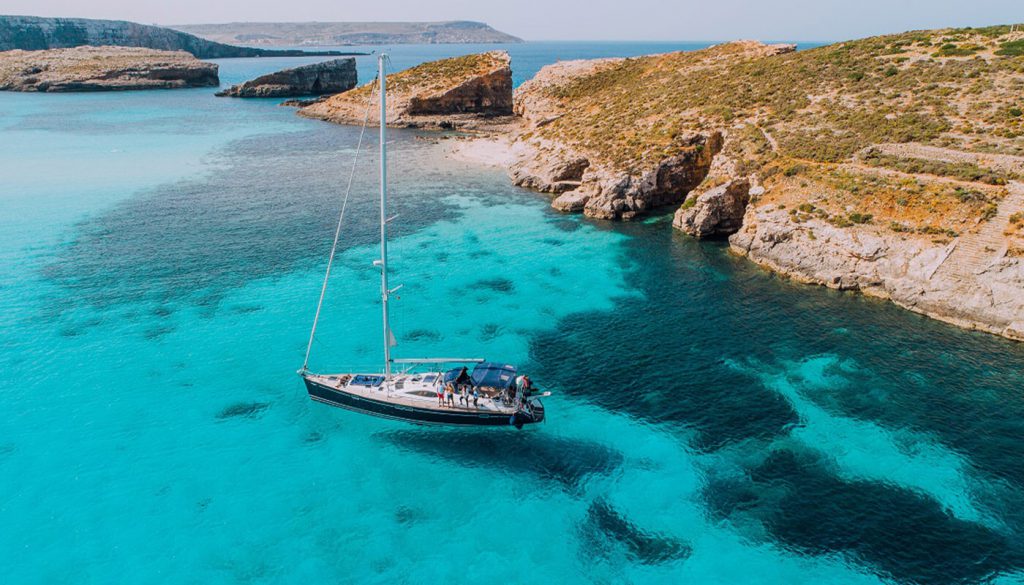
It is time to take your meeting or event to Malta!
Insider tips
Seven great restaurants to host an incentive dinner or event reception:
- Fort St Angelo or Fort St Elmo
- The Bakery at The Maritime Museum
- Upper Barakka Garden
- Palazzo Parisio’s Cellar
- Café Del Mar Beach Club
- Xara Lodge
- Villa Bologna
-

In or out? It’s the great breakfast conundrum
If your negotiated rate doesn’t include breakfast, you’re probably confronted by a tough choice every time you book a room: “Should I pay extra for it?”
As the saying goes, “breakfast is the most important meal of the day”, because eating it boosts your metabolism, productivity and overall health.
On the other hand, some buffets contain more calories than you could possibly hope to burn off in a hardcore gym class. For me, there are pros to eating breakfast at your hotel and pros to eating it out, so here’s a little comparison to mull over while you make a cup of coffee or tea in your hotel room.
In
Safety– As Holly, the character played by Katherine Hepburn in the movie Breakfast at Tiffany’s said, “Nothing very bad could happen to you there.” Hotels are safe havens where you can enjoy your meal without worrying about a thing – even leaving your smartphone on the table while you refill your orange juice. If you’re traveling to an insecure destination, it might be a good idea to stick around for breakfast.
Hygiene -This one’s closely linked to the first point. It’s unlikely that you will get food poisoning eating at your hotel so if you have a weak stomach it might be better to play safe and avoid local delis.
Convenience -Because it’s served in the same place you sleep, there’s no need to bring your coat, laptop and bag just to grab a croissant. You can just take your door key and head down. You don’t need to worry about finding a money changer or your credit card not being accepted. Plus, you will have fewer receipts to keep and fewer fields to fill in when doing your expenses.
Gluttony – Eat breakfast like a king, lunch like a prince, and dinner like a pauper, they say. You can pile your plate with as many pastries as you like without paying more.
Out
Taste – Some hotels have buffet breakfasts to die for but, let’s face it, some aren’t remotely appealing. Scrambled eggs look more like a tray of kitchen sponges and hot food isn’t hot by the time you sit down. You can travel to culinary paradises without even realizing it.
Culture -Travel is about opening your mind and discovering new cultures. A good way to do that is to mix with the locals – join them over noodles in Bangkok, or an espresso in Rome. You’ll miss the mingling with locals in a hotel.
Price– You can probably have a wonderful breakfast and pay half the price if you just go for a coffee and a nibble in the morning.
Choice – If you are staying several days at your destination, you can experience different treats and discover different parts of the city each day.
What do you prefer?
Do let me know, for, as Ken Blanchard, the American businessman and author says: “Feedback is the breakfast of champions.”
-

India: 9 tips for managing your accommodation needs
9 Tips for your hotel program in the country’s smaller cities
Organising travel to major Indian cities like Mumbai or Bangalore is rarely a problem. The market has matured, infrastructure is well-developed, and major hotel chains are easy to come by.
It’s a different story in secondary cities. They’re a rapidly growing travel market for many businesses, but hotels and airports take time to build, and they haven’t always kept up with demand. As we explored in a previous article, these cities present several challenges when it comes to accommodation – from availability to payments and safety and security.

* Compounded Annual Growth Rate (CAGR) in room nights booked from 2016-2018
Here are nine things to consider when managing accommodation in smaller Indian cities:
1. To source or not to source
Running an annual hotel sourcing exercise is common for many corporate travel programs. While this can be refwarding, it can also be incredibly time-consuming and costly.
“We’ve looked at the numbers and if you have less than 150 room nights in a city, it’s generally not worth running a hotel RFP,” says Veronique Lescaut, RoomIt by CWT’s Vice President of Sales for Asia Pacific. “The time and money you spend on the process can outweigh the savings from your negotiated rates. You’re probably better off just using agency rates and content, provided they are competitive and have adequate coverage.”
This is especially true in smaller Indian cities, where travellers often aren’t able to book their organisation’s negotiated rates due to lack of availability.
2. If sourcing, cast a wide net
In cities like New Delhi or Mumbai, including two or three big hotel chains in your program might be enough to ensure your travellers can get a room at your negotiated rate, even in busy periods.
In cities like Lucknow or Indore, that probably won’t cut it. Hotels – particularly those belonging to the big brands – are a scarce commodity in these cities. Fluctuations in demand can result in many properties being booked out, and there can be a sudden spike in rates.
Varun Mehra, a Senior Consultant at the CWT Solutions Group offers a rule of thumb: “For every 500 room nights, it’s advisable to have four properties in a smaller city, compared with two in a larger city. Depending on the city and number of room nights, a company might include between eight and 20 properties in their preferred hotel program.”
“You can also negotiate rates for multiple categories of rooms, which will increase the inventory available to your travellers,” adds Mehra.
3. … and be prepared to spend more time
Smaller, independent properties often don’t have the technological setup or know-how to respond to RFPs using web-based tools. So sourcing these properties can be a much more manual and time-consuming process.
They are also less likely to respond to RFPs. “In the metros, you might see an 80-90% response rate to RFPs, but in secondary cities this can drop to 40-50%,” says Mehra.
4. Use data to gain the upper hand in negotiations
If you’re dealing with a chain, you should use your spend with that brand across different cities as leverage to get better rates.
Even when dealing with independent properties, data on your volume and spend in a particular city can be a powerful negotiating lever.

“It’s essential to have the right tools and technology to capture data on your travel spend,” says Vishal Sinha, CEO of CWT India. “But ensuring that your travellers are booking through the right channels is just as important. Unlike airlines, hotels often won’t count off-channel spend towards your volume during negotiations.”
It’s not uncommon to see travel programs in India where half their hotel bookings are made off-channel, so companies have little visibility over what they’re spending and lose negotiating power.
“By providing travellers with enough accommodation options and a better booking experience, and by putting effective travel policies in place, companies can easily bring another 20-30% of hotel bookings in-channel,” adds Sinha.
5. … and don’t negotiate just on price
Many conveniences which travellers take for granted are sometimes missing in secondary cities.
For example, ride-sharing services like Uber and Ola don’t operate in many smaller cities. And when they do, cars may not be easily available. So it’s often up to the hotel or local office to arrange a car and driver to pick the traveller at the airport, and shuttle them around for the duration of their trip.
Meals can also pose a challenge as travellers might not have a lot of dining options in the vicinity of their hotel.
“It’s a good idea to negotiate rates that bundle in ancillaries such as meals, transport, meet and assist services, as well as early check-in and late check-out,” says Sinha.
6. Audit the properties yourself
You can be sure that a major international brand like Hilton or Marriott has proper fire exits in every hotel. That’s not always the case with local guesthouses, and unfortunately it’s difficult to come by reliable information about whether they’re in compliance.
So, if employees are frequently staying in certain independent hotels and guesthouses, sometimes it’s best for a travel manager to just show up in person and check for themselves.
7. Encourage your travellers to share feedback
Another issue that travellers encounter with smaller hotel chains and independent properties is the lack of consistency. The quality of amenities, service and the overall experience can vary widely between properties – and even from one stay to the next at the same property. Reading about the experiences of others helps travellers make better booking decisions. This feedback can also guide travel managers on whether they should remove certain properties from their programs.
“Online reviews have become an essential resource for travellers,” says Sinha. “However, most review sites are geared towards leisure travellers, and may not adequately capture feedback on services and amenities that are important to business travellers – things like lounges and business centers. We’ve created a tool that provides companies with a private hotel review site, which can only be accessed by their employees. This ensures the reviews are extremely relevant.”
8. Plan ahead for smooth internet
Sometimes Wi-Fi at the hotel will be fine. But it’s not at all uncommon to have ropey internet in some secondary cities. Business travellers need a backup, and the most obvious workaround is to tether a laptop to a phone.
Travel managers should make sure business travellers have enough data. Be aware that there’s an added complication for international travellers: it’s quite difficult for them to buy a sim card on arrival, so it’s best to look at data options well before they leave.
9. Mobile payments are the future… but cash is still king
While debit and credit cards can always be used at properties belonging to bigger hotel brands, many independent operators might not accept these forms of payment as they try to avoid the merchant fees.
Mobile wallet services like Paytm have surged in popularity, and it may not be long before they’re widely accepted for hotel payments.
In the meantime, it’s a good idea to keep cash handy when staying at smaller properties.
Yes, travel to secondary cities in India has its challenges. But those who learn to navigate these obstacles will be best-positioned to capitalise on the tremendous business opportunities that these cities offer. The good news is that things are getting better. Infrastructure is improving, global hotel chains are smelling an opportunity and setting up shop, and payment options are getting simpler. Don’t expect to be doing business the same way in three to five years.
